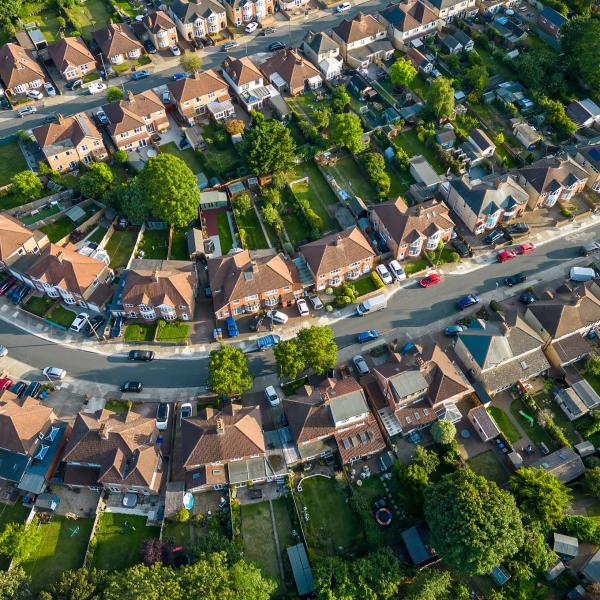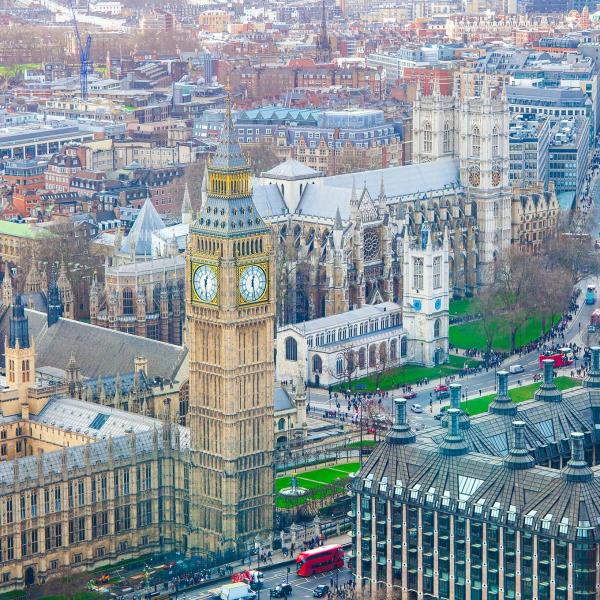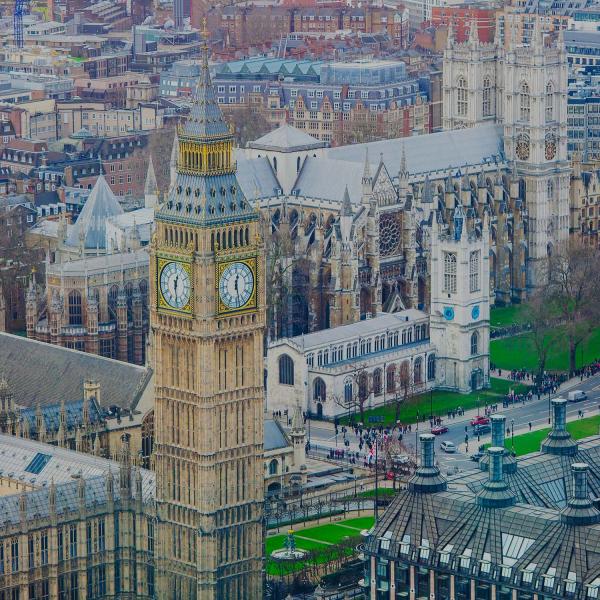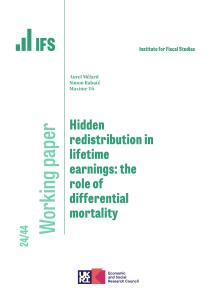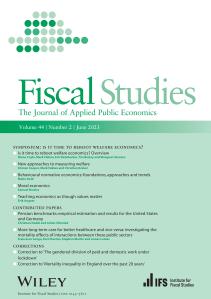The Conservative Party have announced that they want to “triple lock” the income tax personal allowance for people over state pension age. With a full new state pension at £11,502 this year and the income tax allowance at £12,570, it is already the case that pensioners with only a very small amount of income on top of the full new state pension will be paying income tax. With the personal allowance currently frozen in cash terms and the state pension triple locked, we can expect that the flat-rate state pension would, for the very first time, start to exceed the personal allowance within three or four years. Increasing the income tax allowance at the same rate as the pension would prevent that from happening.
Some recent history: more pensioners have been paying income tax
Some important context for this: the share of those aged 65 and over who pay income tax has risen dramatically over time, from 36% in 1990–91 to 44% in 2000–01, 49% in 2010–11 and 62% in 2022–23. Until 2010–11, that largely reflected the increasing incomes of pensioners. The period since 2010–11 has also seen a cut in the real value of pensioners’ income tax allowance of more than 10%. That has resulted in more being dragged into income tax.
Pensioners used to enjoy a higher tax-free allowance than the rest of the population (though the Conservatives’ statement makes no mention of this). The higher allowance for pensioners ended under the Coalition government. Back in 2010–11, the personal allowance was £6,475 for people aged under 65, compared with £9,490 for those aged 65 to 75 (and £9,640 for people 75+). In real, inflation-adjusted terms, the current personal allowance for pensioners is about 10% lower than the one they enjoyed then, whereas the allowance for working-age people is 30% higher, even after recent freezes.
The new proposed policy, then, looks like another reversal in tax policy under Conservative Chancellors to go with the big cuts then big increase in the rate of corporation tax; the big increases then big cuts in the personal allowance; and the big tightening in the lifetime allowance for pension pots and then the abolition of that limit altogether.
Who is affected and how much would it cost?
An odd thing about this proposed policy is that current government policy is to increase taxes on pensioners (and working-age people) by freezing the personal allowance for the next three years through to 2027–28. Now the Conservatives want not just to unfreeze the allowance for pensioners, but also to increase it in real terms, faster than inflation. Given the cost of the policy is £2.4 billion per year by the end of the next parliament, about half of that comes from simply not doing planned tax rises for pensioners. It is rather like taking £100 off someone, giving them £200, and expecting them to think they are £200 better off.
So compared with current policy (a frozen personal allowance to 2027), we estimate that by the end of the parliament, this policy would take around 750,000 pensioners out of income tax (6% of pensioners). But part of this is just not doing a tax rise. Compared with the personal allowance rising in line with inflation, it would take around 350,000 pensioners (3% of pensioners) out of income tax.
Again compared with current policy, this proposal would increase the incomes of around 7½ million people, around two-thirds of pensioners. Note that it only benefits people with taxable income (which includes the state pension but not other benefits) of at least £12,570 per year. Over time, a higher proportion of pensioners would benefit from this reform as younger generations of pensioners are more likely to receive a full new state pension (£11,502), whereas many older pensioners (particularly women) have state pensions well below this value.
A triple-locked allowance
The key part of the proposal is for the pensioners’ personal allowance to rise in line with the “triple lock”: the highest of earnings growth, inflation and 2½%. The fact that the state pension itself is triple locked pushes up the value of the state pension over time, at the cost of high uncertainty over the future path of the state pension, and significant cost to the exchequer – the government now spends around an additional £11 billion per year on state pensions as a result of the triple lock, by comparison with what it would have spent had the pension increased in line with earnings every year since 2010 (as is set out in legislation).
Indexing the pensioners’ personal allowance in line with the triple lock would therefore have a similar set of effects – it would boost the post-tax incomes of a large fraction of (but not all) pensioners, but would ratchet up the value of the personal allowance for pensioners in a way that led to consistently higher increases in the point at which pensioners pay tax compared with working-age people.
As always with the triple lock, the more economic volatility, the bigger effect it has and the bigger the tax cut for pensioners. And the cost mounts over time – so while the Conservative Party cost this policy at £2.4 billion by the end of the next parliament, if kept in place, the real annual cost to the exchequer would continue to mount over time. Ultimately, indexing a tax threshold using the triple-lock mechanism would be storing up troubles for the future.




